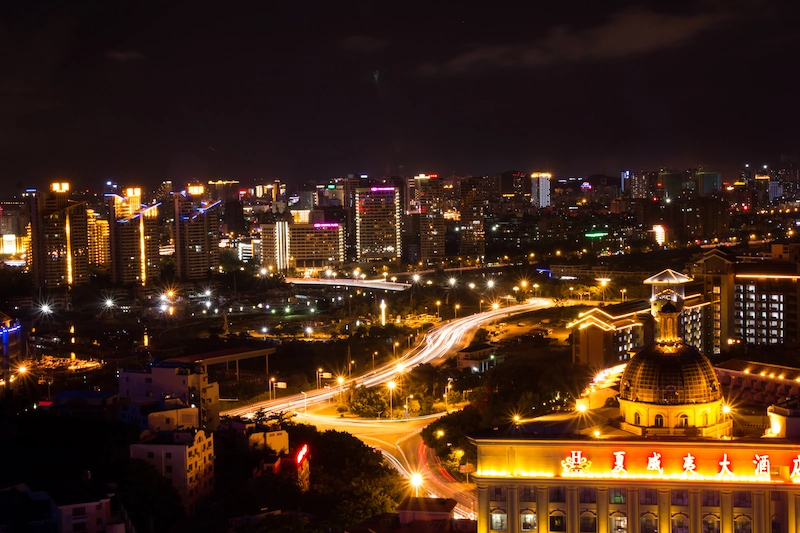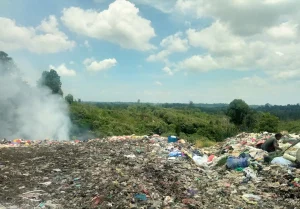Table of Contents
Some of the most electricity-intensive cities in Asia are located in countries with rapid economic and technological development. Not surprisingly, these cities have extremely high electricity consumption rates compared to other cities in Asia.
As centers of manufacturing industries and population booms, several cities in Asia use electricity enormously. They inevitably have to resort to various ways to reduce electricity consumption and cut off carbon emissions.
The commitment of developed countries to environmental sustainability can be proven by data. For example, China aims to reduce energy consumption by 2.5% by 2024. This reduction has already started in 2021, where the percentage of their energy consumption reduction varies from the largest at 2.7% to the smallest at 0.5%. But what about other countries?
Though it’s encouraging news, the younger generation who cares about the environment must learn tips on how to save electricity with renewable energy. But, before that, let’s find the highest electricity consumption cities in Asia!
Asian Cities with the Highest Electricity Consumption
These cities are the world’s fastest-growing centers of economic and technological development. The rapid development there requires higher electricity usage compared to other Asian cities.
So, which city uses the highest electricity consumption in Asia? Here is the list of cities and data based on information published by Kumparan.
1. Riyadh, Saudi Arabia

Among all the cities on this list, Riyadh uses the least electricity. But that doesn’t mean you can underestimate its electricity consumption. Data from December 2018 shows Riyadh’s electricity bill reached more than 289 billion kWh. This number is enormous because Indonesia only consumed 1285 kWh/capita of electricity in 2023.
2. Seoul, South Korea
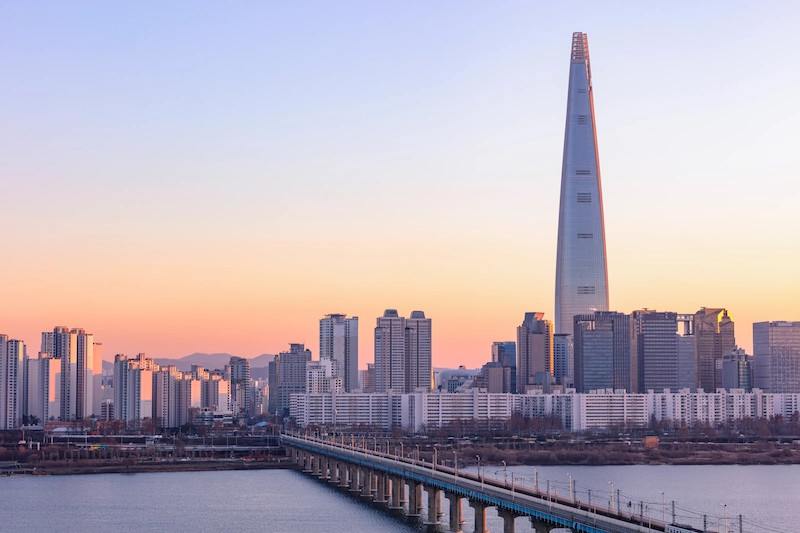
The next Asian city with the highest electricity consumption is Seoul. The city used an average of 17.7 million kWh of electricity per year from January 1979 to September 2019. The Korea Electric Power Corp. (KEPCO) report shows that Seoul’s electricity consumption surpassed Japan, Germany, and France in 2018.
3. Tokyo, Japan
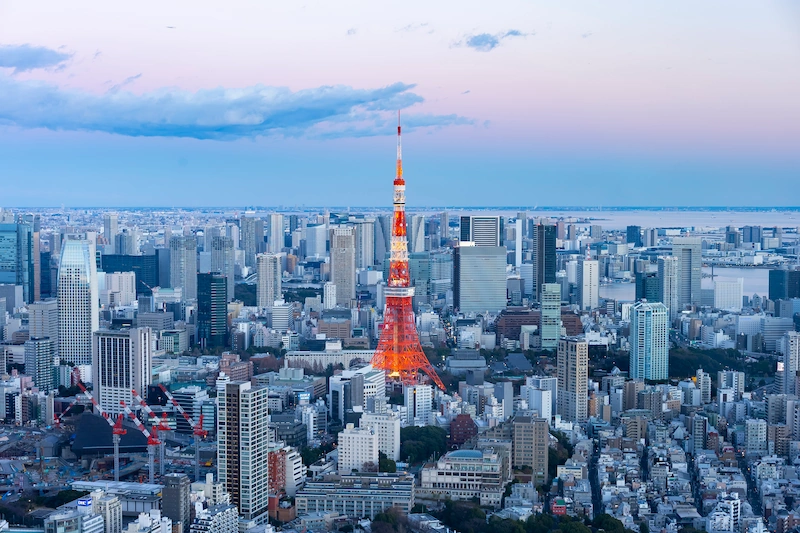
Don’t be fooled by the size of this country. Although Japan is a small country, its electricity consumption rate soars. Japan’s capital, Tokyo, consumes 0.93 trillion kWh of electricity. Japan is also the fourth largest coal consumer in the world.
Read also: 11 Ways to Achieve Energy-Efficient Air Conditioning
4. New Delhi, India
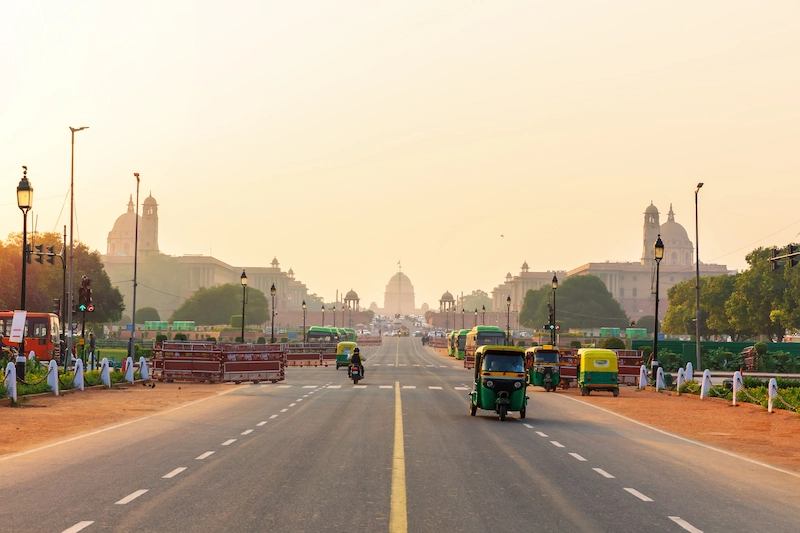
New Delhi is the center of India’s economy. Overall, India’s electricity consumption reaches 1.54 trillion kWh and is expected to increase to 4 trillion kWh by 2030. What makes it bad for the environment is that 80% of India’s electricity uses coal as its source. To tackle this issue, the Indian government has begun to employ renewable energy sources, such as wind and biomass.
5. Beijing, China
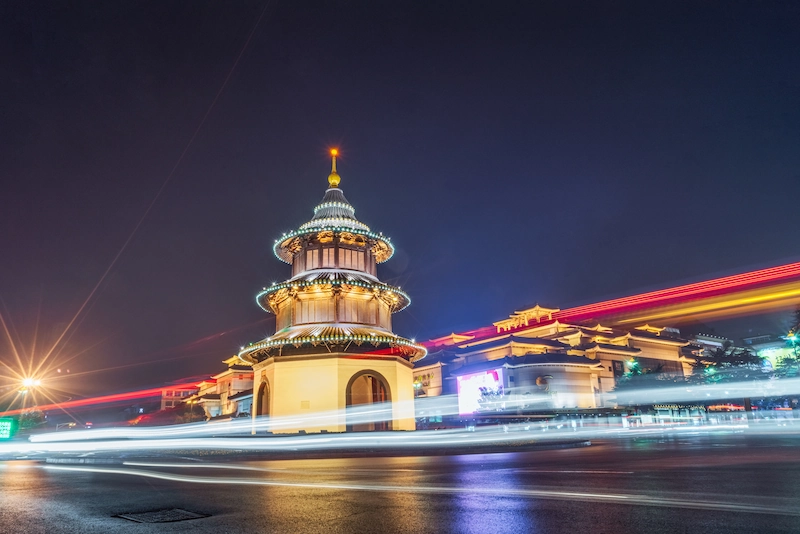
The title of the Asian city with the highest electricity consumption goes to Beijing. This city can spend up to 6.3 trillion kWh of electricity. Compared to New Delhi’s electricity consumption, the number doesn’t reach even half of Beijing’s electricity consumption in a year.
Read also: How to Save Electricity: 10 Wise and Simple Ways to Do It
How to Conserve Energy
India’s initiative to build alternative energy infrastructure through wind and biomass energy can have a good impact on the environment. It takes a huge commitment to switch from the 80% coal-based electricity source. Hence, such efforts should be applauded.
Utilizing renewable energy is a creative environmental conservation idea. We can use various types of renewable energy, such as wind, water, biomass, and sunlight, to generate electricity. Transitioning to renewable energy sources requires a strong commitment and a sustainable environmental outlook.
Switching to renewable energy has become everyone’s responsibility to the environment. Renewable energy sources can reduce electricity dependence without negatively impacting productivity and damaging nature.
One of the easiest and most affordable tools of renewable energy is solar panels. The use of solar panels can fulfill the energy needs. Solar panels do not produce carbon emissions either, which makes them environmentally friendly.
The abundant availability of sunlight in Indonesia can serve as the deciding factor in the use of solar panels. Utilization of solar panels can also be considered a long-term investment for a greener earth.
PT Krakatau Chandra Energi, a subsidiary of Chandra Asri Group, is committed to making a greener earth with ERIKS, where we support the government’s commitment to shift to green energy sources that are aiming for the NZE (Net Zero Emission) target by 2060.
We apply various efforts, such as more environmentally friendly solar power plants (Pembangkit Listrik Tenaga Surya) and sustainable solar panels, along with EV ecosystem development in Jakarta and Cilegon.
In addition, Krakatau Chandra Energi also provides on-grid, off-grid, and hybrid solar panel installation services according to customer needs.
As Warga Asri, you have a big role to play in realizing a greener future. From small things like turning off unused devices to adopting renewable energy, everything can help reduce waste.
Ready to be part of Indonesia Asri’s green movement? Join us now at Indonesia Asri!
Read also: Solar Panels, Renewable Energy Sources with Countless Benefits!
Explore More Environmental Care Action Videos!



